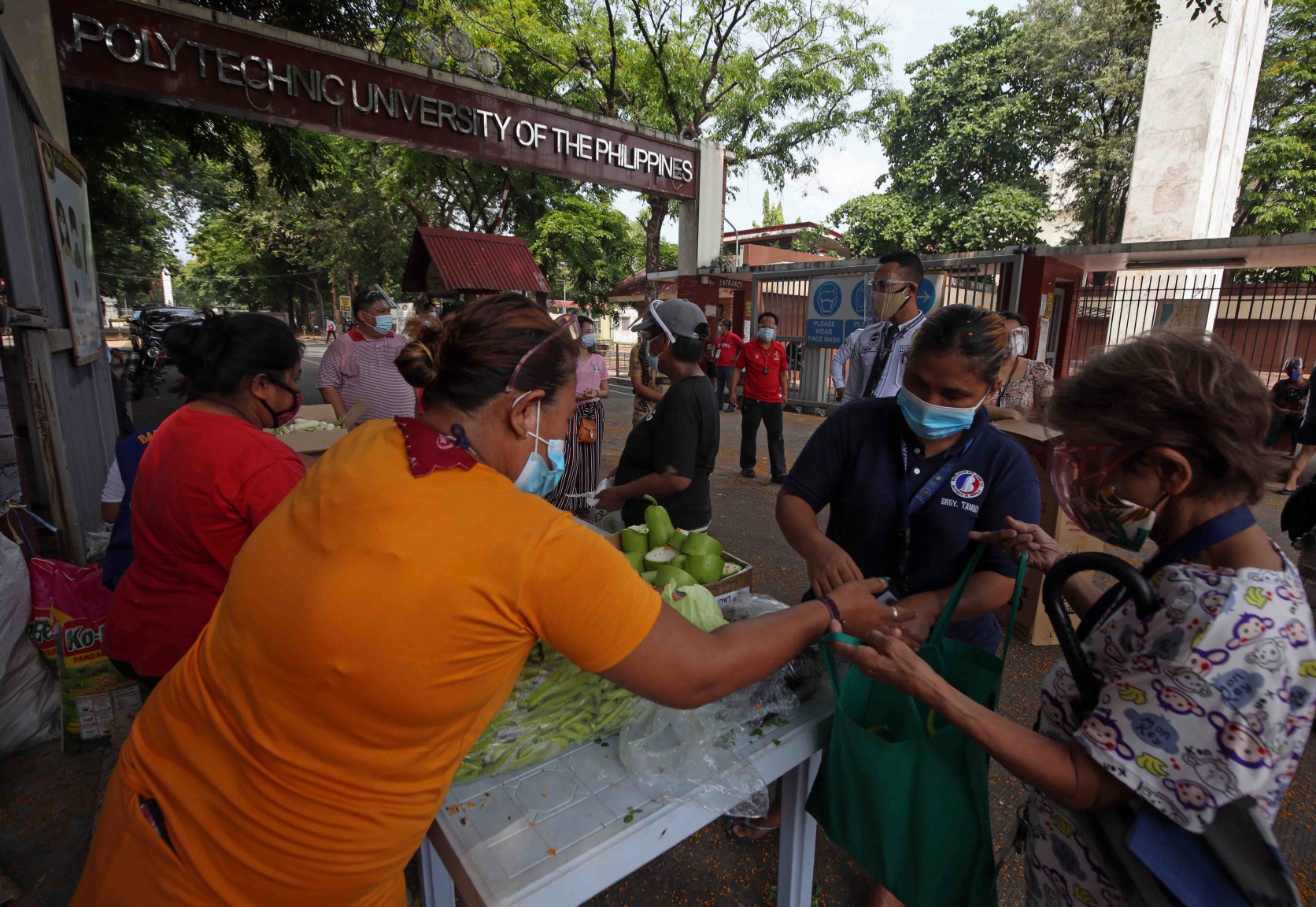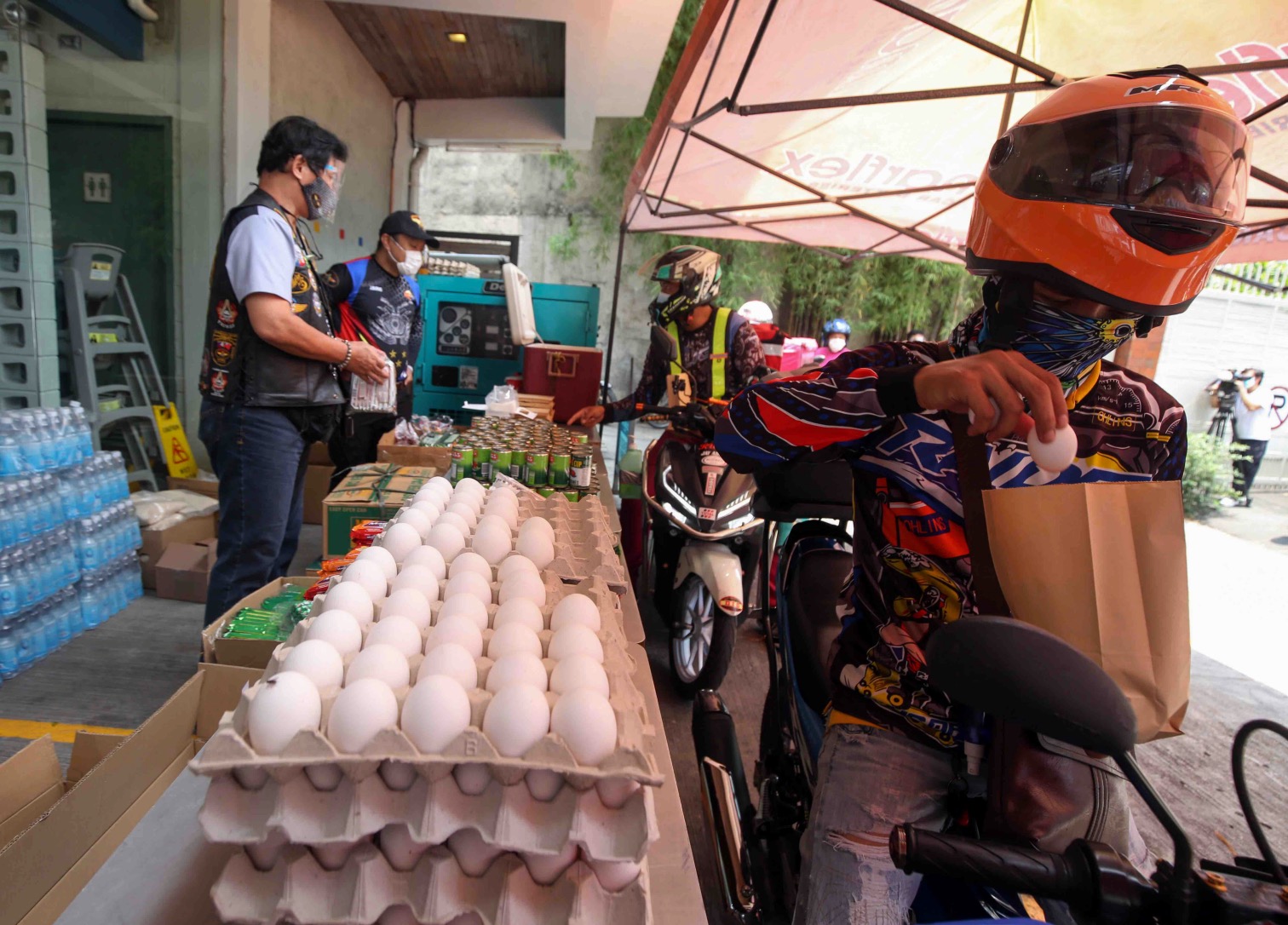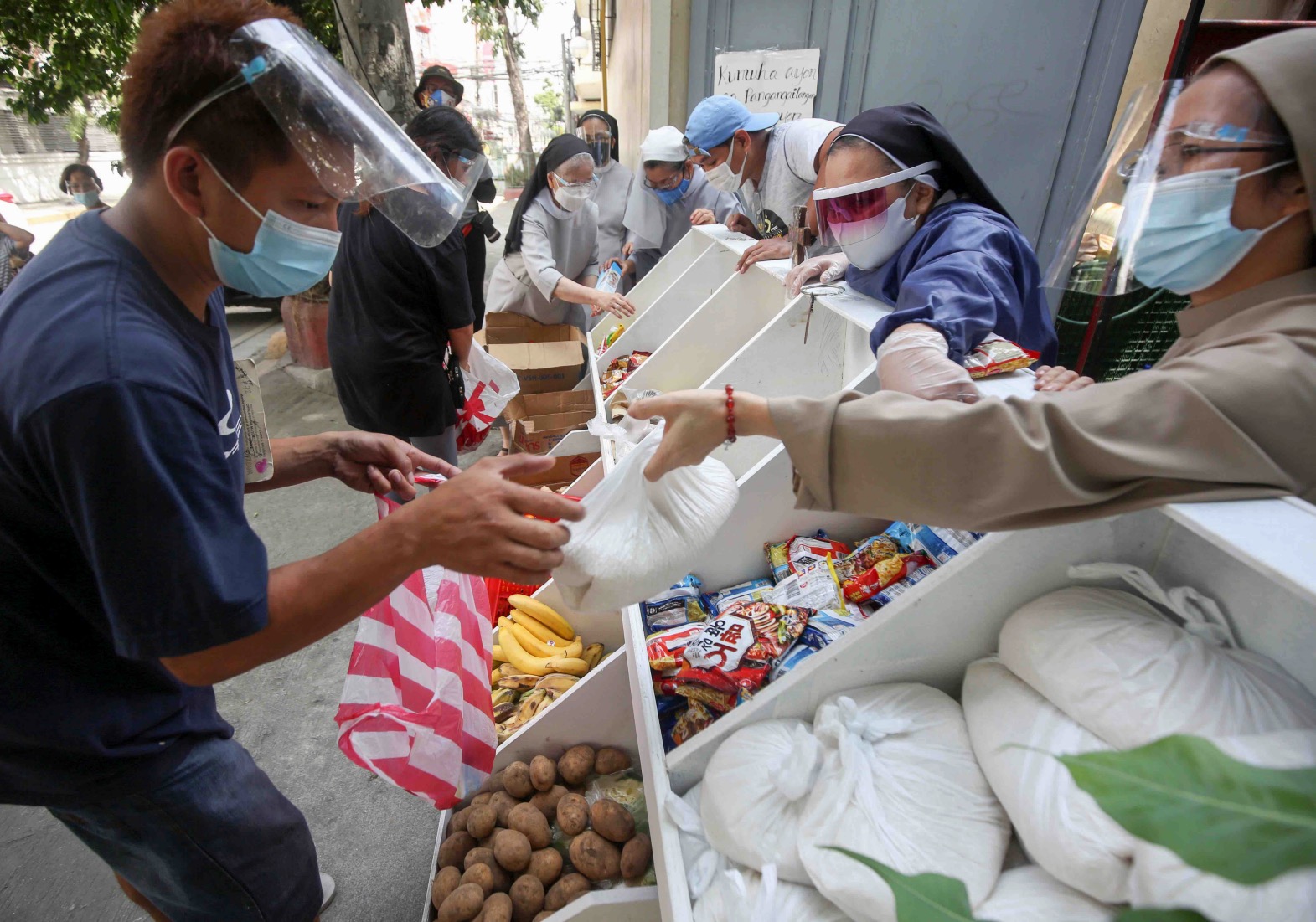Filipino version of community pantry is bayanihan, sari-sari store and pasalubong rolled into one
Among the well-known characteristics of Filipinos—from the signature resilience against hardships, the love for basketball, to competitive singing (or at least karaoke)—perhaps one of the most celebrated is the innate gratuitous nature of Pinoy generosity no matter the situation.
The pandemic-ridden year of 2020 highlighted the inequalities of modern society as staying safe against this health issue ultimately boils down to the basic need on whether having enough to stave off hunger for the day. But news of goodwill has been making the rounds on social media recently with the emergence of the ‘community pantries’].
The trademark Filipino resilience, which has been pushed to its limit for the past year, came up with a solution to alleviate the impacts of COVID-19 by helping themselves as the current systems in place catch up.
The community pantry started by Patricia Non on Maginhawa St. in Quezon City was inspired by the premise “Kumuha ayon sa pangangailangan, Magbigay batay sa kakayahan.”
The simple stall setup in Maginhawa Street last April 14 provides the community and nearby areas the much-needed food provisions. At the same time, its sustainability rests on the public's courtesy towards one another, especially those who can afford to leave their excess supplies, creating a system of community reciprocity among everyone involved.
A culture of generosity, bayanihan

Many Filipinos are naturally generous—it is ingrained in our culture. From the most basic of providing directions to a lost commuter to coming together during a disaster, helping our neighbors is second nature.
This system of community pantries, as long as it remains genuine to its cause, can be sustainable for humanitarian initiatives by instilling the spirit of a community among its residents.
It may resemble the food banks of the West; or the earlier iterations of community assistance around the world as a response to the pandemic, but it turned into something better.
It became an amalgamation of the Filipino value of bayanihan, the reciprocity of the pasalubong, and the communal atmosphere of the sari-sari store. It promotes a culture of generosity, as long as its sincerity won’t be in question, there should always be a place for it.

Bayanhian, the term often mentioned in situations wherein an individual disregards social status to lend a helping hand to basically a stranger or a group of people in need, is perhaps one of the most Filipino things to do.
Romanticized by the vivid imagery of National Artist Fernando C. Amorsolo’s 1959 painting Bayanihan oil on canvas, the tradition of bayanihan depicts the social activity when a family asks help from individuals to move their house to another place who would then literally lift the structure off the ground to the desired new location.
Back then, houses were usually made from lightweight materials that it was possible to hoist them up and move them to another location.
Nowadays, instead of the house-moving and the subsequent feast prepared by the family as a sign of gratitude for all those involved to share and indulge, bayanihan remains largely within the spirit of Filipino cooperation and camaraderie.
This intrinsic national trait has quickly became contagious as a number of community pantries continue to spring up in various parts of Metro Manila as well as in the provinces. In just a matter of days, there were over 75 community pantries that were organized all over the Philippines. Since the first community pantry received recognition on social media, Filipinos have shown their willingness to help those in need amid a persisting lockdown that continue to derail access to livelihood and basic needs.
Perhaps, Filipino-American writer Reynaldo G. Alejandro captured the essence of bayanihan when he described it in his New York Times article in 1980 as a connotation of “Team spirit, an atmosphere of unselfish cooperation, and it represents the nature of family and village life throughout the Philippine archipelago.”
Challenges and concept origin

After a year of living with the reality of COVID-19, the main issues of 2020 continue to impact people’s lives. As unemployment cripples the workforce, and respite from all of these are too few and far between, this initiative will knowingly meet some adversaries along the way.
The most glaring one has to be that human greed would eventually overwhelm the system. Despite the hoarders, however, the basic kindergarten value of sharing has prevailed in all of this.
Albeit some might say it’s a stretch, this may be used by certain groups of ideological bent or forcibly co-opted by unapologetic individuals in preparation of the elections next year.
Nevertheless, these community pantries should just be appreciated for what they are—something that reinforces humanity as the means to support one another in these trying times.
When institutions and certain systems that should bear the responsibility aren’t cutting it, everyday Filipinos are more than willing to commune to lift each other up through the bayanhian spirit.

A point can be made that community pantries aren’t original to the Philippines. Considering the term itself, “pantry” comes from European origins. The closest example to the pantries we have here today share similarities with the Unmanned Free Food Pantry initiated by Ken Yeo and his family in Singapore to give back to their community in September 2020.
In the West, it’s called Food Banks, mostly tied with non-profit organizations, institutes, or sometimes religious sects and community initiatives that are more organized with key players in distribution and delivery systems for identified financially vulnerable neighborhoods.
Our community pantries are a testament to our ingenuity and ability to adopt such practices and make them more attuned to the cultural inclination of Filipinos.
Banner photo by Andy Zapata at a community pantry in Baguio City



